The no-win politics of defending democracy
The problem with metaphors of war when talking about politics is that they risk normalizing a blithe, abstract attitude towards violence. They also frame those who hold opposing perspectives as an enemy that needs vanquishing — hardly a productive stance when trying to negotiate conflicting interests, the cornerstone of pluralistic democracy.
But what do you do when a minority political faction — one with outsized political power — has undertaken a sustained assault against democracy? What do you do when the culture wars simmer over into actual violence, most strikingly on January 6, but also as an ever-present threat for members of Congress, as well as everyday citizens attending school board meetings and other public events?
Heading into 2022, that is where we are. I’m not sure we can capture the threat of violence — directed towards citizens and democracy itself — without using language that points to threat and violence. I’d rather not use that kind of language. But more than anything, I’d rather that there wasn’t a war being waged against democracy. We don’t make that war any easier to win by not describing it accurately.
The threat of violence isn’t the only challenge we face. What makes everything more fraught is the fact that there are no clean options for responding, particularly within journalism. This is no-win politics: Fighting back against the anti-democracy faction feeds into anti-democratic attacks — but so does refusing to take up arms.
This isn’t a prediction for 2022; it’s the promise of 2022. The task for journalists is to navigate the battlefield and help audiences understand how, why, and to what effect the war against democracy is being waged. A first critical step is tactical assessment of risk. Here are three; there are likely more.
The risk of reinforcing anti-democratic smokescreens
Earlier this year I published an article on what I called “smokescreen trolling,” in which anti-democracy politicians use the spectacle of the culture wars to obscure the real war being waged against voting rights. The danger of this strategy, I explained, is that journalistic responses, whether in the form of articles or tweets, help culture war stories trend.
If all stories were algorithmically boosted equally, that wouldn’t be a problem. But they’re not, thanks to an attention economy that selects for the kinds of outrage that anti-democratic politicians instinctively manufacture. Thus the risk of smokescreen trolling and the culture war stories they inspire is what doesn’t trend as a result — including details about how Republican state legislatures are working behind the scenes to ensure that the next insurrection will succeed.
The risk of encouraging future attacks by not going on the offensive
To a point, the risks of smokescreen trolling line up with traditional amplification concerns, including the basic worry that by repeating ugly messages, you help to publicize them. The more publicity those messages have, the more normal they seem, and the more normal they seem, the more dangers there are.
But not covering ugly culture war-fueled attacks risks a different kind of normalization by suggesting that the messages aren’t worth mentioning; that everything is business as usual. This is a risk Denver news anchor Kyle Clark emphasized regarding Congresswoman Lauren Boebert’s violent messages. Anti-democratic figures who spread terrible, democracy-corroding messages over and over without facing consequences have exactly zero reason to stop. Neither do citizens who interpret this rhetoric as marching orders.
The risk of raising a new army by winning — or merely entering — a fight
But hold that thought (again). Those who seek to foment violence and erode democracy need to elicit strong reactions from the opposition, which can later be pointed to as “proof” that the other side — in this case, what’s loosely and not very accurately described as “the left” — is the aggressor. That’s what makes their culture war, up to and including physical violence, seem just and unavoidable.
It’s true that wins for democracy can slow the anti-democratic faction down. But they also benefit the anti-democratic movement when successful pushback becomes a rallying cry. Steve Bannon’s contempt of Congress charge, for instance, transformed into a branding opportunity and chance to reinforce the far-right narrative of fascist state overreach. The same dynamic played out around the January 6th insurrectionists, whose actions — and arrests — have been reframed as patriotic, even worth saluting. The ease with which pro-democracy victories are hijacked to serve anti-democracy forces complicates what victory even means.
Each of these three risks undermines the other two. That is the hallmark of no-win politics. It’s also, again, not a prediction for 2022; it’s a promise of what the pro-democracy majority is up against. The only way forward is to address head-on how and why this battle will be so difficult — and not just in newsroom and social media discussions about reporting better practices (although those will be critical). These issues and their head-spinning challenges are themselves part of the story of our politics. In 2022 and beyond, audiences will need to understand what’s happening to democracy — and that includes understanding how our networks, media, and economic structures have been weaponized in a war that we simply cannot afford to lose.
Whitney Phillips is assistant professor of media, culture, and digital technologies at Syracuse University.

The problem with metaphors of war when talking about politics is that they risk normalizing a blithe, abstract attitude towards violence. They also frame those who hold opposing perspectives as an enemy that needs vanquishing — hardly a productive stance when trying to negotiate conflicting interests, the cornerstone of pluralistic democracy.
But what do you do when a minority political faction — one with outsized political power — has undertaken a sustained assault against democracy? What do you do when the culture wars simmer over into actual violence, most strikingly on January 6, but also as an ever-present threat for members of Congress, as well as everyday citizens attending school board meetings and other public events?
Heading into 2022, that is where we are. I’m not sure we can capture the threat of violence — directed towards citizens and democracy itself — without using language that points to threat and violence. I’d rather not use that kind of language. But more than anything, I’d rather that there wasn’t a war being waged against democracy. We don’t make that war any easier to win by not describing it accurately.
The threat of violence isn’t the only challenge we face. What makes everything more fraught is the fact that there are no clean options for responding, particularly within journalism. This is no-win politics: Fighting back against the anti-democracy faction feeds into anti-democratic attacks — but so does refusing to take up arms.
This isn’t a prediction for 2022; it’s the promise of 2022. The task for journalists is to navigate the battlefield and help audiences understand how, why, and to what effect the war against democracy is being waged. A first critical step is tactical assessment of risk. Here are three; there are likely more.
The risk of reinforcing anti-democratic smokescreens
Earlier this year I published an article on what I called “smokescreen trolling,” in which anti-democracy politicians use the spectacle of the culture wars to obscure the real war being waged against voting rights. The danger of this strategy, I explained, is that journalistic responses, whether in the form of articles or tweets, help culture war stories trend.
If all stories were algorithmically boosted equally, that wouldn’t be a problem. But they’re not, thanks to an attention economy that selects for the kinds of outrage that anti-democratic politicians instinctively manufacture. Thus the risk of smokescreen trolling and the culture war stories they inspire is what doesn’t trend as a result — including details about how Republican state legislatures are working behind the scenes to ensure that the next insurrection will succeed.
The risk of encouraging future attacks by not going on the offensive
To a point, the risks of smokescreen trolling line up with traditional amplification concerns, including the basic worry that by repeating ugly messages, you help to publicize them. The more publicity those messages have, the more normal they seem, and the more normal they seem, the more dangers there are.
But not covering ugly culture war-fueled attacks risks a different kind of normalization by suggesting that the messages aren’t worth mentioning; that everything is business as usual. This is a risk Denver news anchor Kyle Clark emphasized regarding Congresswoman Lauren Boebert’s violent messages. Anti-democratic figures who spread terrible, democracy-corroding messages over and over without facing consequences have exactly zero reason to stop. Neither do citizens who interpret this rhetoric as marching orders.
The risk of raising a new army by winning — or merely entering — a fight
But hold that thought (again). Those who seek to foment violence and erode democracy need to elicit strong reactions from the opposition, which can later be pointed to as “proof” that the other side — in this case, what’s loosely and not very accurately described as “the left” — is the aggressor. That’s what makes their culture war, up to and including physical violence, seem just and unavoidable.
It’s true that wins for democracy can slow the anti-democratic faction down. But they also benefit the anti-democratic movement when successful pushback becomes a rallying cry. Steve Bannon’s contempt of Congress charge, for instance, transformed into a branding opportunity and chance to reinforce the far-right narrative of fascist state overreach. The same dynamic played out around the January 6th insurrectionists, whose actions — and arrests — have been reframed as patriotic, even worth saluting. The ease with which pro-democracy victories are hijacked to serve anti-democracy forces complicates what victory even means.
Each of these three risks undermines the other two. That is the hallmark of no-win politics. It’s also, again, not a prediction for 2022; it’s a promise of what the pro-democracy majority is up against. The only way forward is to address head-on how and why this battle will be so difficult — and not just in newsroom and social media discussions about reporting better practices (although those will be critical). These issues and their head-spinning challenges are themselves part of the story of our politics. In 2022 and beyond, audiences will need to understand what’s happening to democracy — and that includes understanding how our networks, media, and economic structures have been weaponized in a war that we simply cannot afford to lose.
Whitney Phillips is assistant professor of media, culture, and digital technologies at Syracuse University.
Moreno Cruz Osório

Chase Davis

Doris Truong

Millie Tran

Errin Haines

Eric Nuzum

Sarah Stonbely

Tamar Charney

Gordon Crovitz

j. Siguru Wahutu
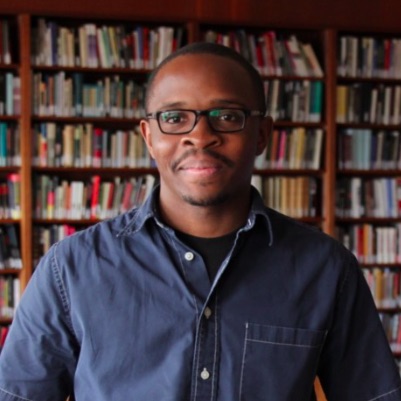
Julia Angwin

Andrew Freedman

Don Day

Robert Hernandez

Sam Guzik

Tony Baranowski

Catalina Albeanu

Stefanie Murray

David Cohn

Jesse Holcomb

Tom Trewinnard

Kristen Jeffers

A.J. Bauer

Amy Schmitz Weiss

Laxmi Parthasarathy

Jim Friedlich

Mary Walter-Brown

Jessica Clark

Francesco Zaffarano

Meena Thiruvengadam

Burt Herman
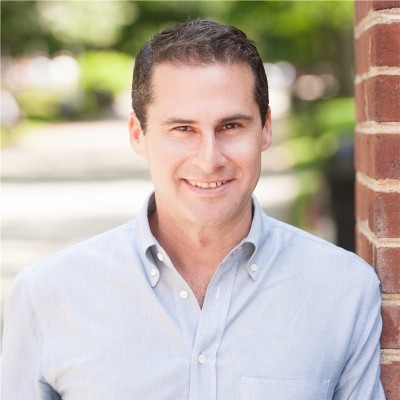
Christoph Mergerson
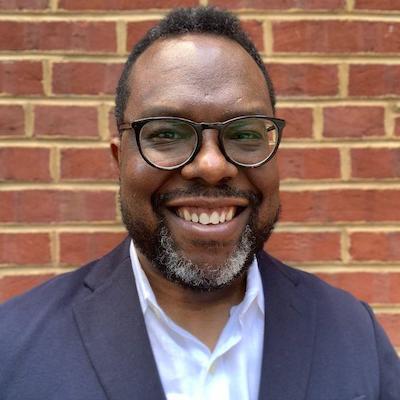
Alice Antheaume

Cherian George
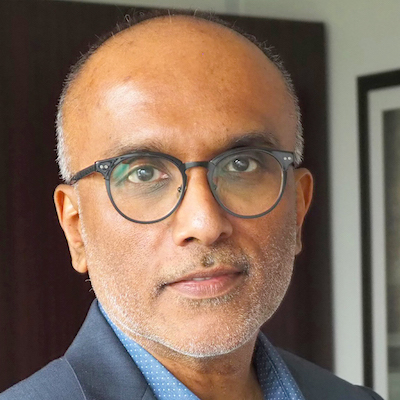
Sarah Marshall

Simon Allison

Jonas Kaiser

Cristina Tardáguila

Mandy Jenkins

Juleyka Lantigua

Joe Amditis

Nik Usher

Brian Moritz

Gonzalo del Peon

Kerri Hoffman

Kathleen Searles Rebekah Trumble

Jennifer Coogan

Joshua P. Darr

Chicas Poderosas

Matt Karolian

David Skok

Zizi Papacharissi

Cindy Royal

Simon Galperin

Victor Pickard

Natalia Viana

Mike Rispoli

Izabella Kaminska

Rasmus Kleis Nielsen

Ståle Grut

John Davidow

Michael W. Wagner

Joanne McNeil

Wilson Liévano
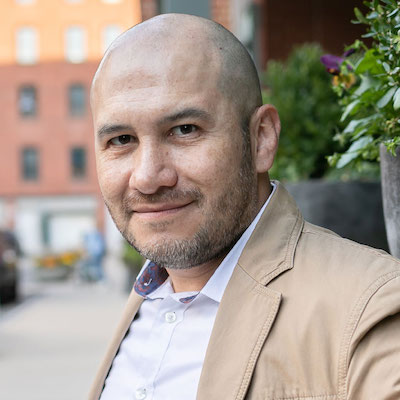
Gabe Schneider

Candace Amos
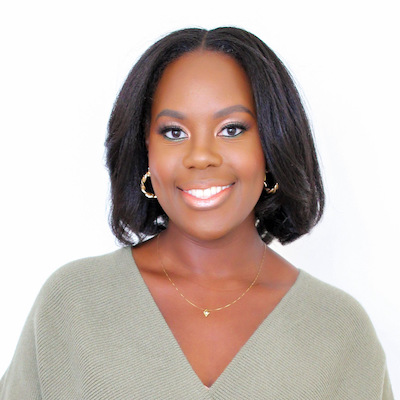
Larry Ryckman

James Green

Raney Aronson-Rath

Rachel Glickhouse

Amara Aguilar

Shannon McGregor Carolyn Schmitt

Ariel Zirulnick

Anita Varma

Melody Kramer

Whitney Phillips

Megan McCarthy

S. Mitra Kalita

Anika Anand

Julia Munslow

AX Mina

Christina Shih

Joni Deutsch

Jennifer Brandel

Richard Tofel

Matthew Pressman

Shalabh Upadhyay

Anthony Nadler

Kristen Muller

Jody Brannon

Joy Mayer

Jesenia De Moya Correa

Paul Cheung

Parker Molloy

James Salanga

Mario García
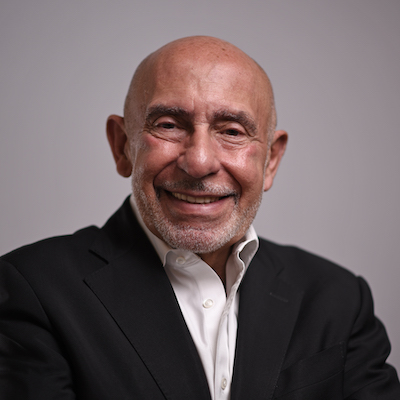
Kendra Pierre-Louis

Stephen Fowler

Matt DeRienzo

Daniel Eilemberg
